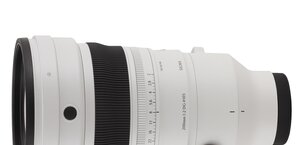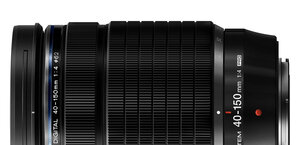Canon EF-S 18-55 mm f/3.5-5.6 IS
3. Build quality and image stabilization
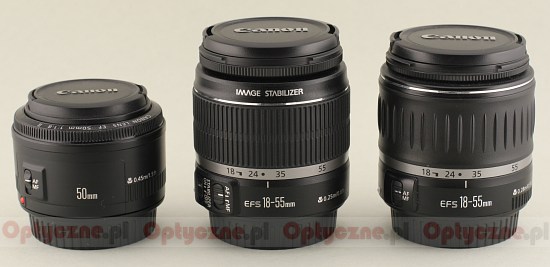 |
Exactly...the ring…to tell you the truth I hoped that with the new generation of kit lenses we’d get also something we can precisely work with. Unfortunately neither Canon nor Nikon made that step and in their case a manual focus ring, positioned at the very beginning of the lens, remains still an inefficient dummy.
Please Support UsIf you enjoy our reviews and articles, and you want us to continue our work please, support our website by donating through PayPal. The funds are going to be used for paying our editorial team, renting servers, and equipping our testing studio; only that way we will be able to continue providing you interesting content for free. |
- - - - - - - - - - - - - - - - - - - - - - - - - - - - - - - - - - - - - - - - - - - - - - - -
The front element, surrounded by that ring and a rotating filter thread 58 mm in diameter, extends on zooming. It is the shortest near 26 mm and it becomes longer either by increasing or by decreasing of the focal length. That operation is performed by using a big and comfortable zoom ring for a change.
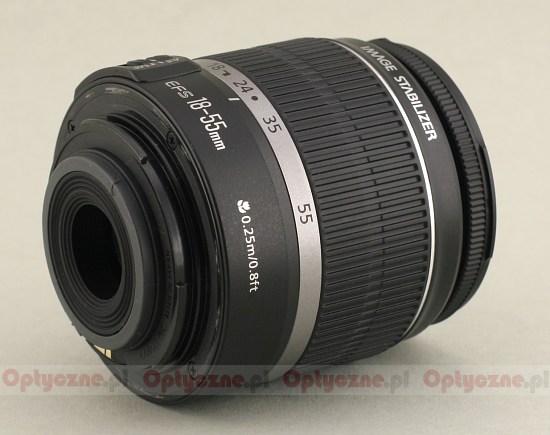 |
Below and slightly to the left we find two switches: one changes the mode of the focusing mechanism (AF/MF) the second switches the stabilization on and off. The lens ends with a plastic bayonet mount.
Inside the Canon EF-S 18-55 mm IS there are 11 elements in 9 groups. One of them (the penultimate one) is aspherical. A single element no. 5 is movable and, as such, responsible for the image stabilization system. Between elements no. 7 and 8 we’ll find an aperture with six diaphragm blades which, depending on the focal length, can be closed down to f/22-36.
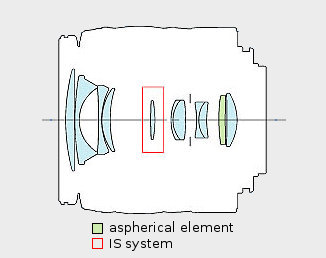
We get only caps in the accessory kit. In this category Canon lags behind Pentax which gives additionally a lens hood.
Stabilization
The stabilization is a big curiosity here. Although the lens is cheap, the Canon company assures us that the stabilization efficiency reaches 4 EV. This result is significantly better than that of more expensive but older L-series devices, such as a 4/300 IS, a 100-400 IS or a 28-135 mm IS – in their case we dealt with a first generation mechanism, as efficient as 2 EV. How these claims correspond with the facts? Of course we didn’t fail to check it.
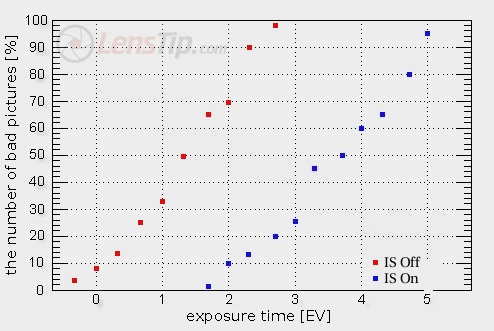
The graph above shows a connection between the percentage of blurred photos and the exposition time expressed in EV (the zero point is here the equivalent of the 1/100 second time) for the stabilization on and off. The distance between obtained curves indicates the stabilization efficiency which, in this case, ranges from 2 to 2.5 EV; such a result is significantly lower than the claims of the producer.




